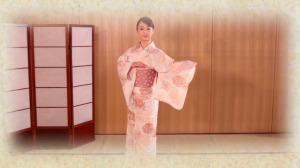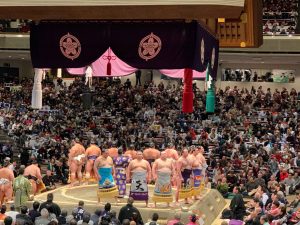漆器は、漆を塗った器のことです。日本の伝統工芸品で、英語ではJapanとよばれます。漆を塗ると、器に美しい光沢が生まれるだけでなく、腐食や湿気から器を守る働きもあります。
Shikki
Shikki are containers coated with lacquer. This is one of the most famous traditional crafts of Japan and is called “Japan” in English. In addition to giving a beautifus gloss, coating containers with lacquer protects them from corrosives and moisture.







